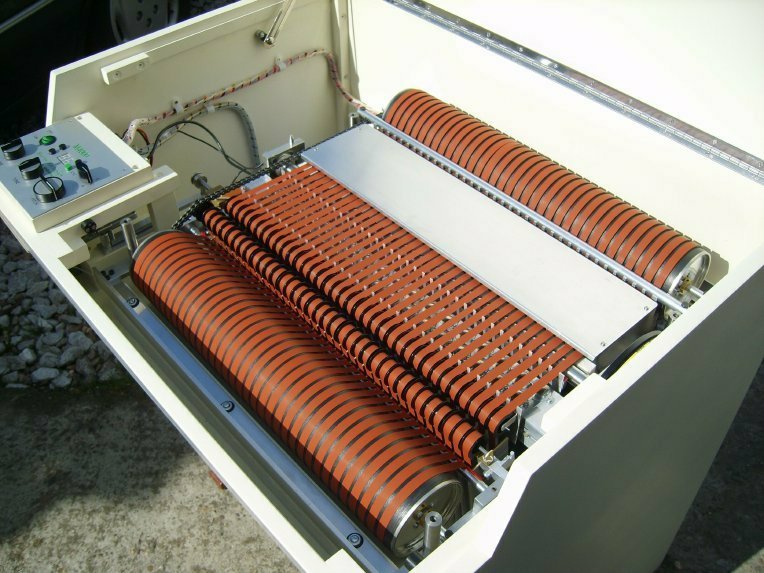The Streetly – M4000
It is difficult for me to be objective about this as I have been deeply involved in the development of this new machine so I think it is absolutely brilliant…
First the ideas that didn’t make it! The first incarnation of the M4000 was to be a VST plug-in, this idea was scrapped very quickly as it has so little to do with Streetly’s normal business of supplying physical instruments. Next version was a table top M400 style solid state sample replay machine (I must find the pictures of that). A space model was built but tests with a rough prototype of the innards showed that sample replay technology did not satisfy the core requirement of sounding exactly the same as an original tape replay instrument. Even with simulated wow and flutter single notes were convincing but chords were not in back to back tests.
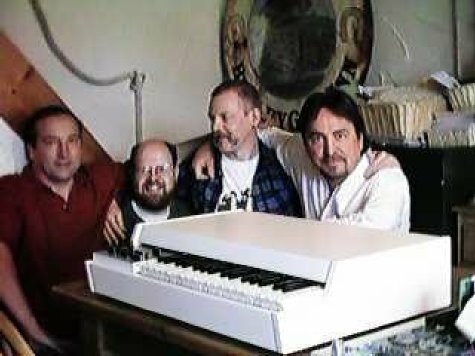
So it was decided that the M4000 would be a real tape replay machine but that it would be able to cycle like the original Mark II but be similar in shape and size to the original M400. An aim that turned out to be a bit more difficult than it originally sounded and it took a bit longer than we thought it would.
Anyway, the aim of the M4000 was to take the best attributes of the Mark II and redesign those using modern techniques mainly from the ground up. The problem was to squeeze the cycling mechanism into a keyboard not much bigger than a standard M400. The slight increase in size was an opportunity to scale up the height to that of the old Mark II. The method of cycling had to change quite radically as there was no space for the guide tape. The first attempt used a servo driving a DC motor (just like the Mark II) but that wasn’t accurate so a new system was designed resulting in the first cycling machine with a microcontroller and software – whatever next!
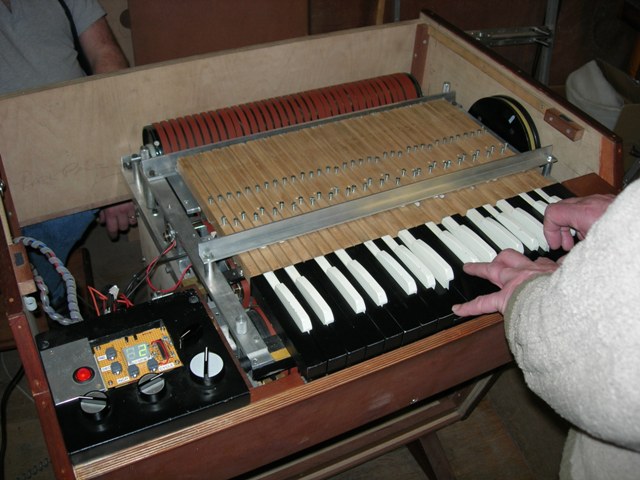
The M4000 has two extra stations making the total eight (two more than a Mark II) giving easy access to 24 sounds not counting the mixed sounds you get by putting the track selector between tracks.
The range of sounds available as standard varies from standard favourites, through less common examples to new sounds – here is the standard set…
Station One
Track A : MKII Flute
Track B: MKII Violins
Track C: Cello
Station Two
Track A : String Section
Track B : Eight Voice Choir
Track C : Church Organ (real)
Station Three
Track A : MKII Brass
Track B : MKII Tenor Sax
Track C : MKII Trombone
Station Four
Track A : Male Choir
Track B : Female Choir
Track C : Boy’s Choir
Station Five
Track A : M300A Violins
Track B : Russian Choir
Track C : Sad Strings
Station Six
Track A : MKII Church Organ (electronic)
Track B : Ian McDonald Flute
Track C : MKI Clarinet
Station Seven
Track A : Vibes
Track B : Watcher Mix (3 violins / brass)
Track C : Orchestra
Station Eight
Track A: Bass Clarinet
Track B: Cor Anglais/Oboe
Track C: Medieval Woodwind
Church Organ is awesome, MkII Church Organ is actually a Lowrey through a Leslie, Bass Clarinet is superb, String Section is violins / violas / cello. It should be pointed out that blending between tracks has been improved so unlike the M400 there is a smooth transition between tracks. This selection is the standard set, you can specify custom sets if you wish.
Still only four controls to worry about, volume, tone, pitch plus track selector and only 35 keys (G – F). However you also have a display and four buttons to control the cycling. Here is a close up of the control panel…
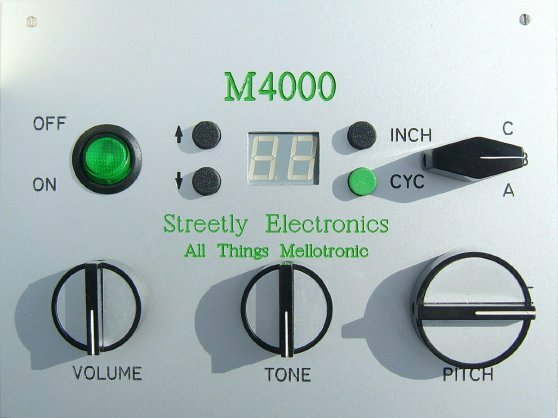
Cycling is achieved by selecting the target station with the up / down buttons and then pressing the cycle button. When stationary the inch button can be pressed which then allows you to offset the start position of the tape (using the up / down buttons) and also store a user offset for each station.
So finally what does it look like? Well the best description I can come with is “a grown up M400” judge for yourself as here is the first production M4000 in all it’s glory…
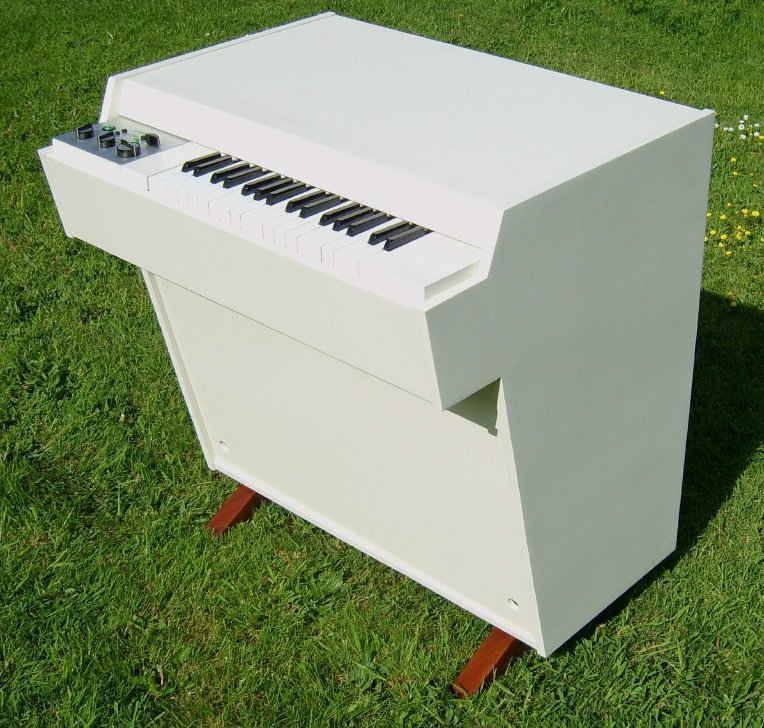
There will also be a two manual version called the M5000 which will be even closer to being a modern Mark II..
Finally here is an internal view of the completed machine, notes the drums at front and rear that store all the tape and the chain that synchronises them…
